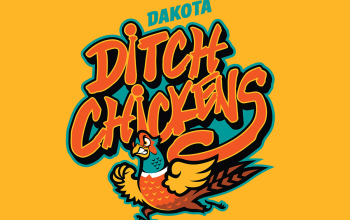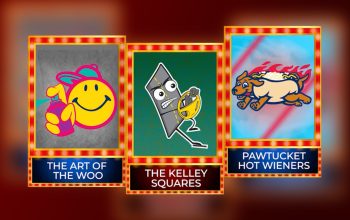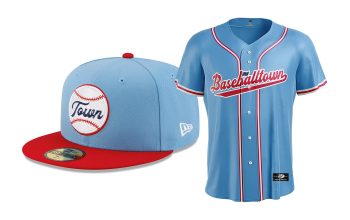The New York Yankees proudly celebrate their traditions, history, and heritage. They have won 27 World Series titles, and some of the most legendary names in the history of the sport have graced their iconic pinstriped uniforms since the team landed in New York in 1903.
The Yankees don’t do kitsch. Their identity and culture as a franchise is wrapped up in a serious, imposing, austere bundle.
But they once had a 7-foot tall, furry mascot named “Dandy.” As one-time Yankees manager Casey Stengel famously said, “you could look it up.”
Dandy worked at the old Yankee Stadium from 1979 to 1981—I remember him well. While he was never a central part of the Yankees in those years, he remains part of their history, and his short Yankees stint coincided with two American Championship Series appearances.
In 1979, the Yankees’ marketing team, seeking to capture some of the goodwill (and revenue) associated with the Phillie Phanatic and his mascot brethren, stepped out of character and took a chance. They commissioned Bonnie Erickson and Wayde Harrison, the husband-and-wife team who were also responsible for the Phanatic and the Montreal Expos’ Youppi!, to create a Yankees mascot.

The team leased Dandy from Harrison and Erickson for three years, at a cost of $10,000 per year.
Introduced in late July 1979, Dandy was immediately given boundaries. A 1981 Yankees game program states that Dandy is “a little different than the others… during the game he remains in the stands and off the field… (T)he Yankees introduced Dandy to help add to the enjoyment of families and children at the ball game. But they didn’t want him to distract the players or umpires, or take away from the great game of baseball.”
Yankees owner George M. Steinbrenner apparently needed some convincing when it came to Dandy. According to a 2010 Wall Street Journal article:
It was clear to Dandy’s creators that the onus would fall on them to convince Mr. Steinbrenner, who signed off on the mascot with one caveat. He pointed out that Dandy’s fur was royal blue. “That should be Yankee blue,” Mr. Steinbrenner said.
“I started to argue with him,” Ms. Erickson said. “And you could literally see the guys in the back going, ‘What is she doing?'”
Weeks prior to Dandy’s scheduled introduction, during a July game in Seattle against the Mariners, famously hotheaded Yankee outfielder Lou Piniella threw his glove in disgust at the much-beloved San Diego Chicken. Steinbrenner reacted by saying that mascots had no place in baseball.
Dandy’s debut was ill-timed in multiple ways. The Yankees’ 1979 season is remembered as one of tragedy and disappointment. The team won back-to-back World Series the previous two years, but never really got untracked in 1979, playing close to .500 ball through the middle of the season. Then, on August 2, team captain Thurman Munson was killed when the Cessna Citation aircraft that he was piloting crashed as it approached Akron-Canton Airport in Ohio.
The mustachioed Dandy bore more than a passing resemblance to Munson. The team and their fans were clearly in no mood for this new mascot in the summer of 1979, so Dandy disappeared from the Bronx for a bit.
Dandy’s tenure saw the Yankees drop the 1980 ALCS to the Kansas City Royals, followed by a strike-interrupted campaign in 1981—punctuated by the team’s loss to the Los Angeles Dodgers in the World Series (I cut high school to attend Game 2 of the ALCS that year and don’t recall seeing Dandy at the Stadium that day.)
Like many a failed acquisition, his contract was not renewed when it expired after that 1981 season. Never a good fit, the Yankees have not employed a costumed mascot since. In 1998, Yankees VP for Business Development Joseph Perello was quoted by the New York Times as saying “fans come to see the Yankees win. And that’s entertainment.”
The whole saga of Dandy might be best summed up in the words of Yankees legend Yogi Berra, who once said, “we made too many wrong mistakes.”














